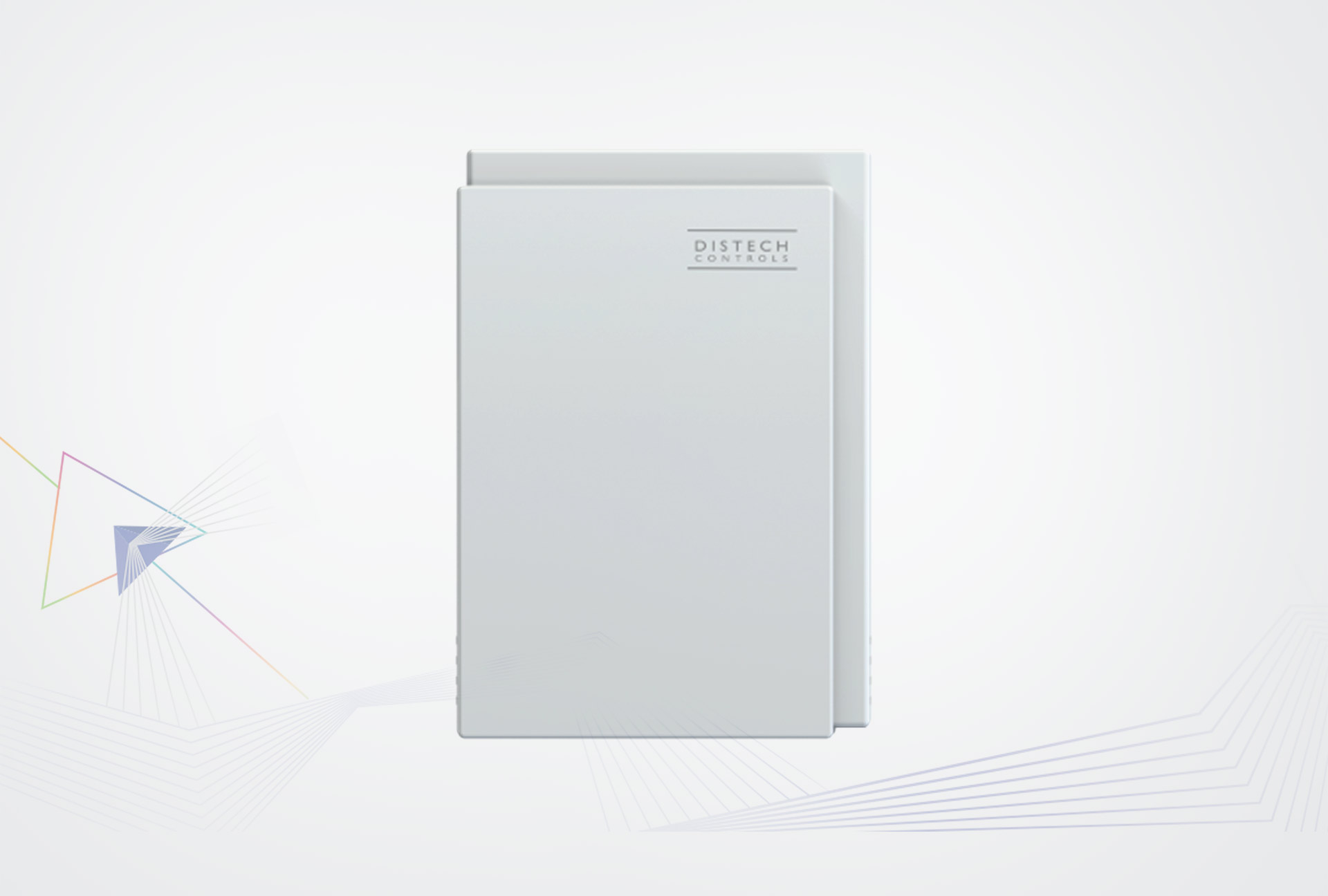
Flip the circuit breaker on and off to see if it reboots your system and fixes the problem. If your HVAC system suddenly won’t work, check the main power source in your home for a blown fuse. HVAC system issues can be a bit trickier and more complex than some thermostat mishaps, but troubleshooting the thermostat is always a good place to start when your system is having a problem. Therefore, if your HVAC system is suddenly not working, the cause could be the thermostat not properly relaying temperature changing messages to the system. Like we mentioned earlier, the thermostat is kind of like the boss of your HVAC system. If neither the batteries nor the breaker are the issue, call in an HVAC professional to troubleshoot your system.

If you can safely reach your circuit breaker, try flipping it on and off to get your thermostat up and running again. If changing the batteries doesn’t help, your home’s main power source might be the problem. The solution is equally simple: try replacing the batteries to see if your thermostat powers back on. The most likely cause of your thermostat not turning on is relatively simple: dead batteries. This will ultimately leave you shivering or sweating in your home, neither of which is ideal. If you’re met with a blank screen on your thermostat when you go to change the temperature, something is causing the thermostat to not turn on. If these solutions don’t work - or you don’t feel comfortable trying them yourself - contact an HVAC professional for assistance. So, if you find your thermostat is facing one of these common issues, here’s what you can do to safely try to combat the problem. While there are a number of common problems your thermostat and temperature controls could have, there’s also typically a wide range of thermostat troubleshooting solutions you can try yourself. Thermostat not working? Here’s what you can do But, if you do find yourself in a situation where your thermostat isn’t cooperating, don’t panic! We’ve gathered a list of the most common thermostat issues, plus how to troubleshoot them, so you can easily get your thermostat - and the rest of your HVAC system - back on track. This means, your thermostat working properly is a pretty big deal.

Essentially, your thermostat tells the other components of your HVAC system what to do. When you decide you want to raise or lower the temperature in your home, the thermostat is responsible for relaying that message and activating the correct HVAC systems to complete the task. Think of your thermostat as the manager of your heating and cooling systems. Without your thermostat, your HVAC system wouldn’t be able to function.


 0 kommentar(er)
0 kommentar(er)
